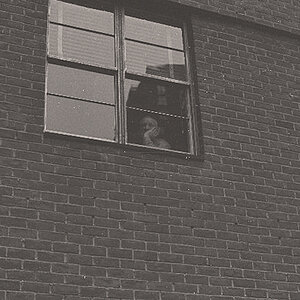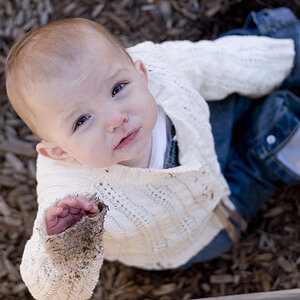rwphotography
TPF Noob!
- Joined
- Aug 30, 2009
- Messages
- 53
- Reaction score
- 0
- Location
- Florida
- Website
- www.flickr.com
- Can others edit my Photos
- Photos NOT OK to edit
Hey everyone! So, if you have been responding to my threads, you've known i've been talking about getting the 70-200mm f/2.8 and what should I do. Well, I finally purchased the 2.8 Non-IS and just need some help. Yesterday was my first day using the lens.
It was a surprise to me of how heavy the lens and my camera was after shooting for 15 minutes outdoors in 90 plus degree weather. That, I will get used too.
I have a 2x teleconverter and when I use it, I have my 50d on a monopod. The reason why I need help, is that I don't think i'm holding the camera correctly while on the monopod because I was getting a blur everytime a bird flew by. While using the 2.x converter, it gets even heavier and handheld is out of the question.
I got the 2.8 Non-IS over the f/4 IS because of the obvious use of indoor shooting in low light situations. But, in those low light situations, am I going to get a blur? Or, in those situations, should I just bump up the ISO to get a faster shutter speed?
So, I guess my questions are, how can I properly and effectively hold my camera while on a monopod? Second, am I going to regret not getting the IS?
P.S.: This is my first "L" lens and just trying to get some techniques from everyone that has been helping me. I know some of the questions maybe considered dumb to many. But, I just want to know some of the techniques (if you dont mind sharing) of those that have been successful using this particular lens on a monopod. THANKS!!!:lmao:
It was a surprise to me of how heavy the lens and my camera was after shooting for 15 minutes outdoors in 90 plus degree weather. That, I will get used too.
I have a 2x teleconverter and when I use it, I have my 50d on a monopod. The reason why I need help, is that I don't think i'm holding the camera correctly while on the monopod because I was getting a blur everytime a bird flew by. While using the 2.x converter, it gets even heavier and handheld is out of the question.
I got the 2.8 Non-IS over the f/4 IS because of the obvious use of indoor shooting in low light situations. But, in those low light situations, am I going to get a blur? Or, in those situations, should I just bump up the ISO to get a faster shutter speed?
So, I guess my questions are, how can I properly and effectively hold my camera while on a monopod? Second, am I going to regret not getting the IS?
P.S.: This is my first "L" lens and just trying to get some techniques from everyone that has been helping me. I know some of the questions maybe considered dumb to many. But, I just want to know some of the techniques (if you dont mind sharing) of those that have been successful using this particular lens on a monopod. THANKS!!!:lmao:



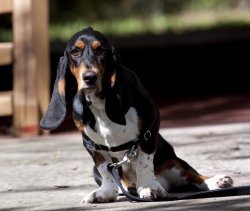

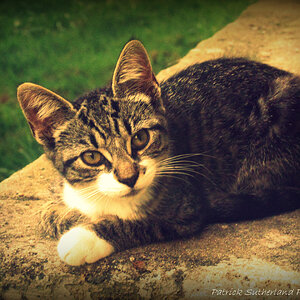
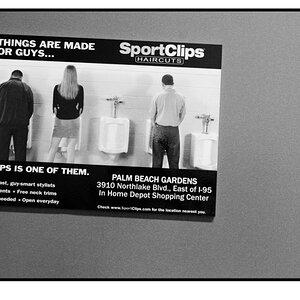
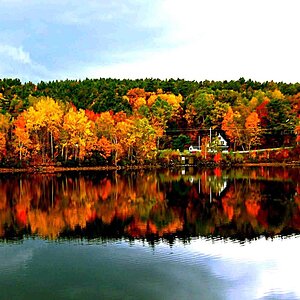
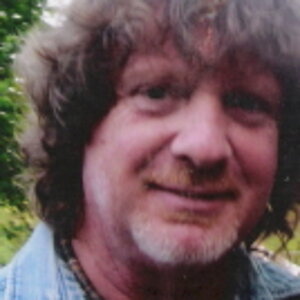
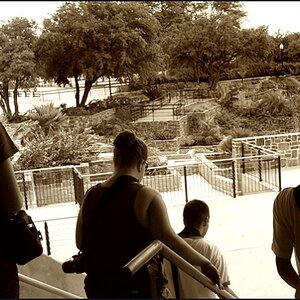
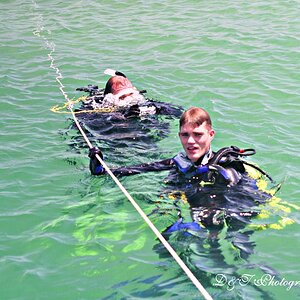
![[No title]](/data/xfmg/thumbnail/36/36650-edd8c21212fe9fbd7e59bfb08cdc91ea.jpg?1619737672)
